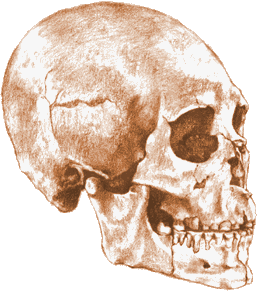 Turns out American Indians were right all along.
Turns out American Indians were right all along.
A bitter conflict of values, race, sovereignty and politics began two decades ago when a pair of Washington State college students unearthed a skeleton in the Columbia River.
Local Indian tribes wanted the skeleton—which was more than 9,000 years old—returned to the native community as required by federal laws that protect Indian remains and objects.
But a group of anthropologists objected and wanted to study the skeleton, dubbed Kennewick Man by local media. Scientists sued, claiming they had a right to study the bones.
The judge who ruled in favor of the scientists in 2002 wrote that the local tribes failed to provide evidence that Kennewick Man was “culturally affiliated” with modern tribes.
Critics argued that the judge was swayed by the scientists’ contention that Kennewick Man’s skull has “Caucasoid” features, unlike modern American Indians.
Truth is, anthropologists disagree over reasons why contemporary Indians look dissimilar from the dozen-or-so skulls found in the Americas more than 7,000 years ago.
This summer, a group of scientists found evidence in a 12,000-year-old skull that links ancient Americans to contemporary Native Americans.
They have the same DNA.
The scientists published their findings in May in the journal Science, after extracting DNA from the skull of a teenager found in an under-water cave in Mexico.
The scientists said the 12,000-year-old girl shares the same genes as modern Indians.
Turns out the tribal perspectives, often discredited, have now gained legitimacy in some circles.
Umatilla spokesperson Armand Minthorn disputed earlier scientific claims about Kennewick Man’s origins: “We also do not agree with the notion that this individual is Caucasian. Scientists say that because the individual’s head measurement does not match ours, he is not Native American. We believe that humans and animals change over time to adapt to their environment.”
Today the scientists working in Mexico agree with Minthorn. One told the Seattle Times, “the physical differences [between ancient and modern skulls] must be due to evolution, as the earliest human occupants adapted to their new environments in the Western Hemisphere” (24 July 2014).

